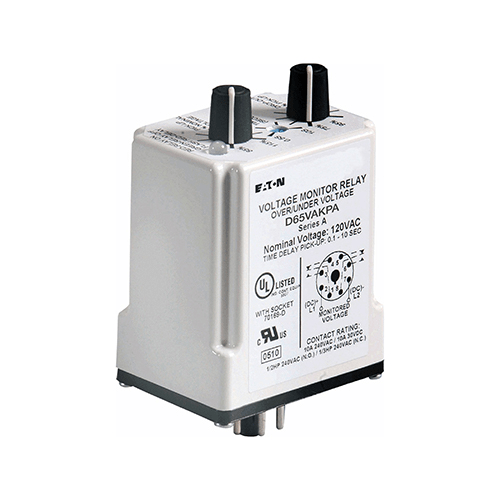Mbrooke
Electrical
- Nov 12, 2012
- 2,546
Would you use one large ATS or several smaller ATS for supplying backup power to various loads? I'm weighing the pro and cons as well the capitol cost.
Follow along with the video below to see how to install our site as a web app on your home screen.
Note: This feature may not be available in some browsers.
Not sure what you mean.What are the advantage over a PCB approach?

JM said:The motivations for such requirements typically have to do with load prioritization and ensuring that an overload or a fault on a branch of lesser importance doesn't compromise a branch of higher importance.
To me this is separating the branches onto different ATSs. Then a fault on one branch is not seen by the protection on another, more critical branch.ensuring that an overload or a fault on a branch of lesser importance doesn't compromise a branch of higher importance.
